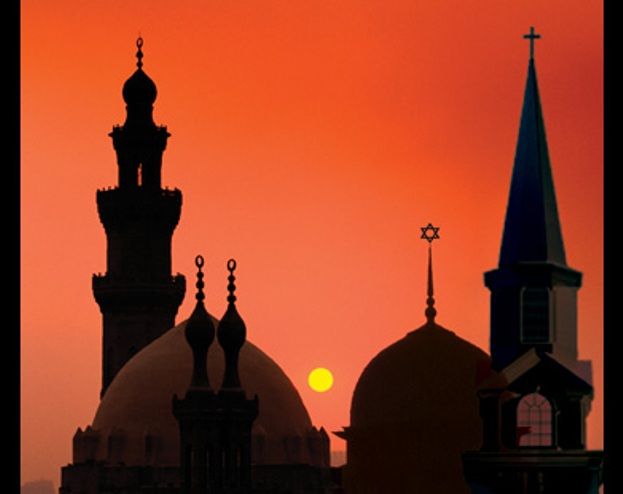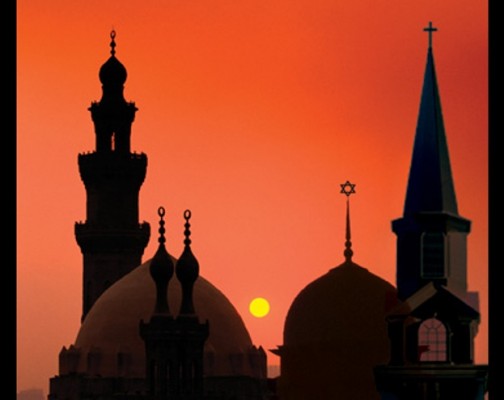Expanding the Power of Interfaith Dialogue

Last month, Muslims celebrated Eid ul-Adha, which marks the end of the pilgrimage to Mecca and is celebrated by Muslims around the world. This year numerous Muslim congregations used the opportunity to hold interfaith services. In fact, in recent years, many mosques, churches and synagogues have established sustained programs to cooperate on feeding the hungry, providing activities for youth and doing homeless outreach, among other work. Such interfaith activities have now become a mainstay in the United States and other countries. Today, our challenge as those who care about supporting tolerance is to engage individuals at a deeper and more sustained way.
Education and media – two spheres that touch almost every member of our world community – are key to this engagement, and ensuring that our global community can spread tolerance, sharpen sensitivity to injustice and celebrate religious and cultural diversity.
Institutions like the Vatican, the Cairo-based Al-Azhar University, the World Jewish Congress and the Geneva-based World Council of Churches have already engaged in efforts to foster tolerance by bringing together religious leaders of different faiths.
Interfaith activities like these have significant merit. Through highlighting these activities in the media and taking lessons learned from them into schools, the value of such efforts can be deepened and broadened. Schools are where children acquire the skills and values necessary for responsible citizenship. Learning to get along with children of other religious and ethnic backgrounds is just as important as learning science, math and language, especially in a world where it seems misunderstandings all too often abound. In order to cultivate a more tolerant world, educators should begin to incorporate the principle of understanding those of different faiths more into curricula.
Some schools are already beginning to do this. The Three Faiths Forum in the UK, for instance, links schools which have students of different faith backgrounds, building sustained relationships across religious lines. Tens of thousands of Arab students – who are potential leaders – have studied at the interfaith oriented American University of Beirut (AUB) and its high school, the International College. AUB’s success lies in an egalitarian philosophy of education, a social climate of diversity and teachers who come from diverse national and faith backgrounds.
Like schools, the media is also crucial in shaping attitudes. Using media to highlight positive efforts will provide an opportunity for new audiences to learn about endeavours to promote religious tolerance and widen audiences’ perspectives. In his journalism and television reporting on different religions, journalist Bill Moyers has contributed immensely to the appreciation of all faiths. Krista Tippett’s inspiring On Being, a popular radio programme produced and distributed by American Public Media, examines diverse ways individuals grapple with “big questions” about ethics and faith. Such programmes encourage listeners to discover insight in unfamiliar faith traditions and help people find common ground.
If those involved in interfaith efforts can broaden their focus to include engaging educators and media professionals, their work will be even more effective.
Efforts to combat intolerance through education and media should continue for decades and can help institutionalise a global movement for tolerance. Today more than ever, we need sustained efforts to save the diverse, precious heritage of all faiths.
###
* Ghassan Rubeiz is the former Secretary of the Middle East for the Geneva-based World Council of Churches. This article was written for the Common Ground News Service (CGNews).

